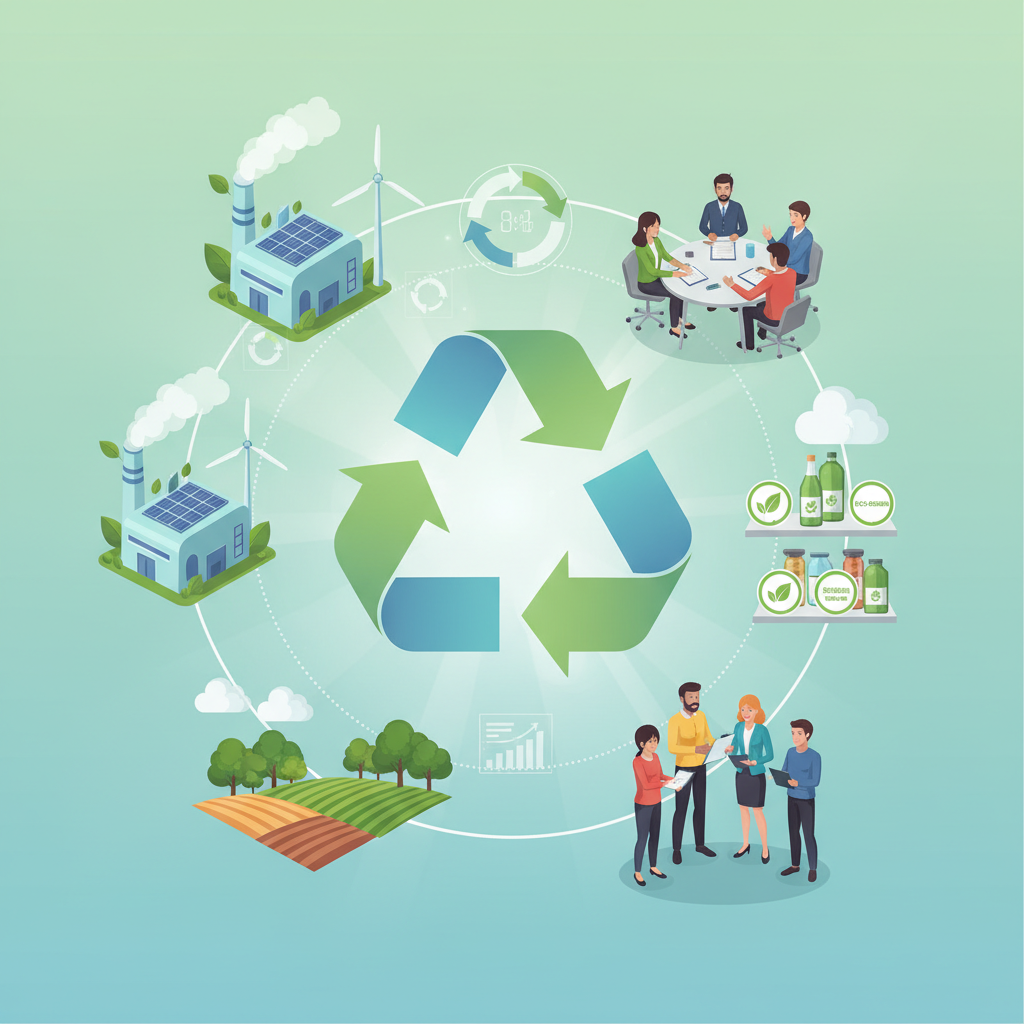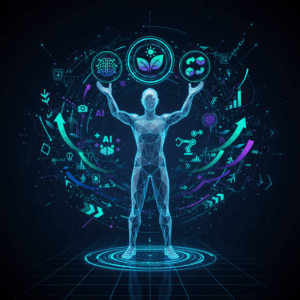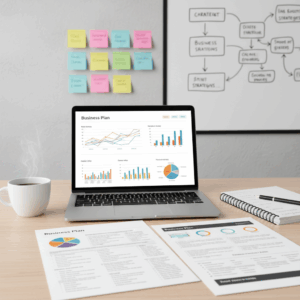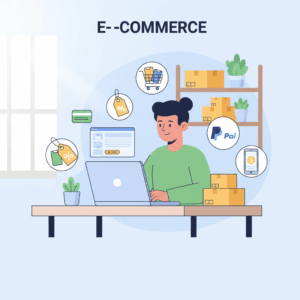Key concepts of the circular economy
The circular economy It represents a profound change in production and consumption, seeking to overcome the traditional linear model of “extract, use and discard.”
Its main objective is to optimize the use of resources, reduce waste, and keep products and materials in the production cycle for as long as possible.
Definition and basic principles
The circular economy is based on recycling, repair, reuse and renewal of materials, promoting efficient and sustainable use of natural resources.
It involves designing products to be durable, repairable, and recyclable, avoiding planned obsolescence and fostering innovation.
This approach not only has an environmental impact, but also seeks economic and social benefits by closing resource cycles.
Comparison with the traditional linear model
The linear model focuses on extract raw materials, manufacture products, use them and then dispose of them, generating waste and debris.
In contrast, the circular economy seeks minimize the input of raw materials and the output of waste, promoting continuous reuse.
This change involves rethinking products, processes, and customer relationships, fostering durability and efficiency within a closed system.
Economic, environmental and social impact
The circular economy generates a positive impact by optimizing resources, reducing waste, and promoting practices that improve sustainability in various sectors.
This model contributes to environmental conservation and the creation of economic opportunities, promoting a more balanced relationship with the environment.
Resource optimization and waste reduction
The circular economy seeks to maximize the use of materials, limiting the consumption of raw materials and extending the useful life of products and components.
This reduces waste generation and the need for final disposal, thereby reducing the environmental impact and costs associated with waste management.
Repairing, recycling, and reusing are key strategies for keeping resources within the production cycle and achieving a more efficient economy.
Sustainable design and obsolescence prevention
Sustainable design encourages the creation of durable, repairable, and recyclable products, avoiding planned obsolescence, which drives waste.
By considering the entire product lifecycle from its conception, innovation in materials and processes that minimize environmental impact is encouraged.
This strategy contributes to more responsible production and conscious consumption, supporting the transition toward circular systems.
Effects on the economy and society
The circular economy promotes job creation in new sectors related to recycling, repair, and sustainable services.
It helps reduce business costs and improve competitiveness, while fostering greater social and environmental awareness among consumers.
Their adoption can contribute to mitigating climate change and preserving biodiversity, integrating social and ecological benefits for society.
Transformation in business models
The circular economy is revolutionizing traditional business models, driving companies to adopt new ways of delivering value to their customers.
This change involves rethinking marketing and services, focusing on sustainability and resource efficiency over time.
New forms of marketing and services
Companies are moving from selling products to offering services, such as the “product as a service” model, where you pay for use, not ownership.
This strategy encourages the manufacture of more durable, repairable, and upgradeable products, aligned with a sustainable circular economy.
In addition, sharing, rental, and reuse platforms are emerging that maximize resource utilization while minimizing waste generation.
Innovation in products and processes
The circular economy fosters innovation, promoting the design of products with recycled materials and processes that facilitate repair and recycling.
Companies are investing in technologies that extend the useful life of assets, reduce costs, and improve resource management efficiency.
This approach requires structural changes in the supply chain and promotes a corporate culture focused on sustainability and circularity.
Challenges and benefits for companies
The adoption of the circular economy presents significant challenges for businesses, including restructuring internal processes and investing in innovation.
However, it also offers numerous benefits, such as cost reduction and improved corporate image among increasingly conscious consumers.
Challenges in implementation and changing mindsets
Implementing a circular model involves a profound cultural shift within the company, promoting collaboration and creativity to innovate processes and products.
Staff training and adaptation of the supply chain are required to integrate reusable, recycled materials and sustainable practices.
Furthermore, it's essential to transform customer relationships, fostering trust in services and products designed to last and be repaired.
Competitive advantages and environmental contribution
Companies that embrace the circular economy win competitive advantages by reducing costs and developing new businesses based on sustainability.
They actively contribute to environmental protection, reducing waste and their ecological footprint, which responds to the growing demand for social responsibility.
This strategy strengthens the company's corporate reputation and positions it as a leader in innovation and commitment to sustainable development.






